Maurice Mathon - Pop-Up Cards and Invitations
Here you can read online Maurice Mathon - Pop-Up Cards and Invitations full text of the book (entire story) in english for free. Download pdf and epub, get meaning, cover and reviews about this ebook. year: 2012, publisher: Stackpole Books, genre: Home and family. Description of the work, (preface) as well as reviews are available. Best literature library LitArk.com created for fans of good reading and offers a wide selection of genres:
Romance novel
Science fiction
Adventure
Detective
Science
History
Home and family
Prose
Art
Politics
Computer
Non-fiction
Religion
Business
Children
Humor
Choose a favorite category and find really read worthwhile books. Enjoy immersion in the world of imagination, feel the emotions of the characters or learn something new for yourself, make an fascinating discovery.

- Book:Pop-Up Cards and Invitations
- Author:
- Publisher:Stackpole Books
- Genre:
- Year:2012
- Rating:4 / 5
- Favourites:Add to favourites
- Your mark:
Pop-Up Cards and Invitations: summary, description and annotation
We offer to read an annotation, description, summary or preface (depends on what the author of the book "Pop-Up Cards and Invitations" wrote himself). If you haven't found the necessary information about the book — write in the comments, we will try to find it.
- Make your own colorful pop-up cards simply by cutting, scoring, folding, and gluing ordinary papers and cardstock
- Detailed instructions and full-size patterns for 20 cards for birthdays, holidays, special events, invitations, and greeting cards.
Maurice Mathon: author's other books
Who wrote Pop-Up Cards and Invitations? Find out the surname, the name of the author of the book and a list of all author's works by series.

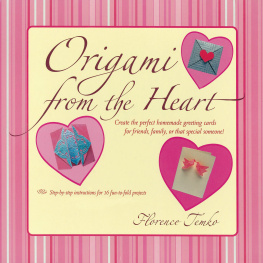
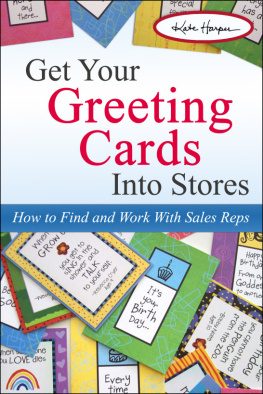

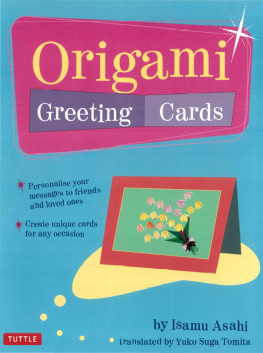


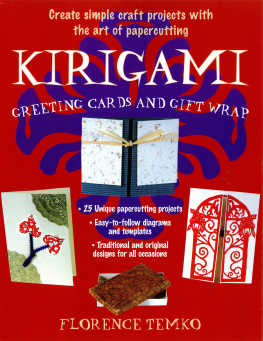
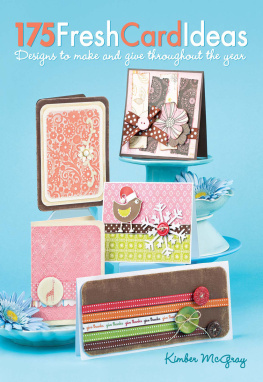
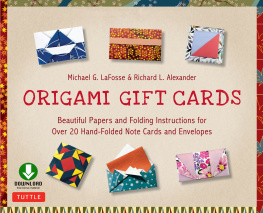
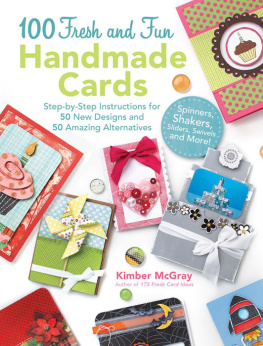

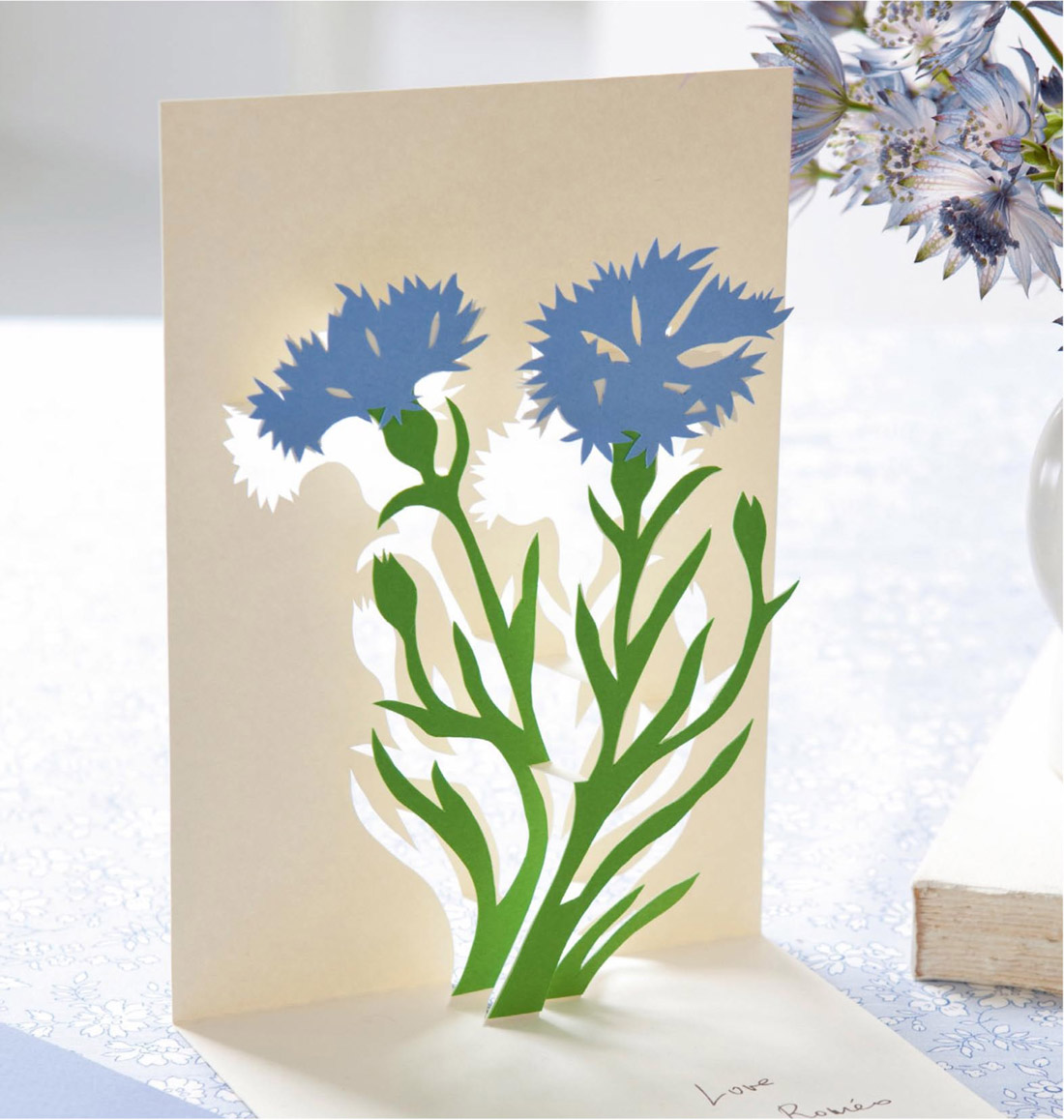
 You will need a craft knife or utility knife, a cutting board, a standard ruler, a fine embossing stylus (available at craft centers), and a small metal ruler.
You will need a craft knife or utility knife, a cutting board, a standard ruler, a fine embossing stylus (available at craft centers), and a small metal ruler.  Use the craft knife to cut along the solid lines.
Use the craft knife to cut along the solid lines. 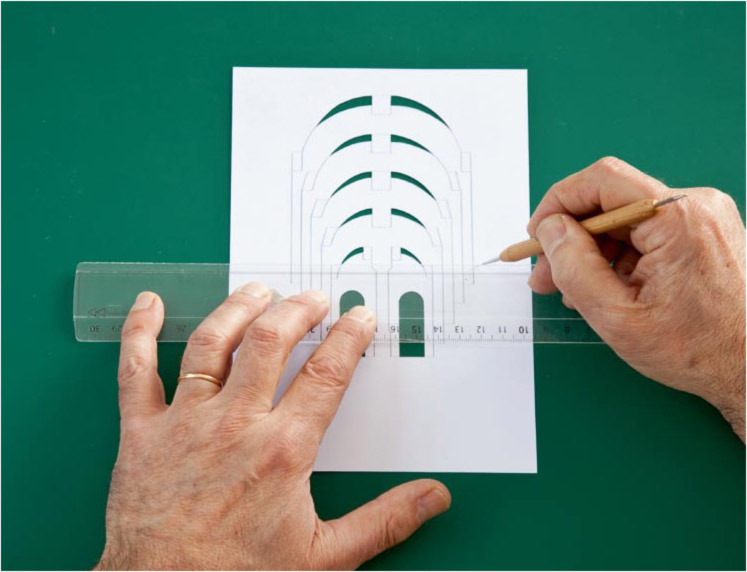
 Use the stylus to score along the dotted lines.
Use the stylus to score along the dotted lines. 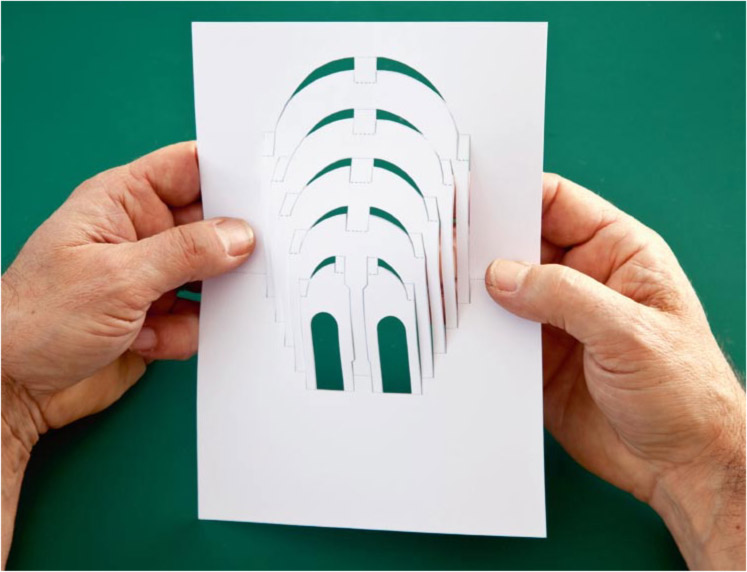
 Use your fingers to check that all the cut lines come apart easily, and go over them again with the craft knife if necessary.
Use your fingers to check that all the cut lines come apart easily, and go over them again with the craft knife if necessary.  Using the small ruler or gently pinching the paper between your fingers, make the folds a little at a time, paying close attention to which kind of fold it is: "valley" (---) or "mountain" (...).
Using the small ruler or gently pinching the paper between your fingers, make the folds a little at a time, paying close attention to which kind of fold it is: "valley" (---) or "mountain" (...). 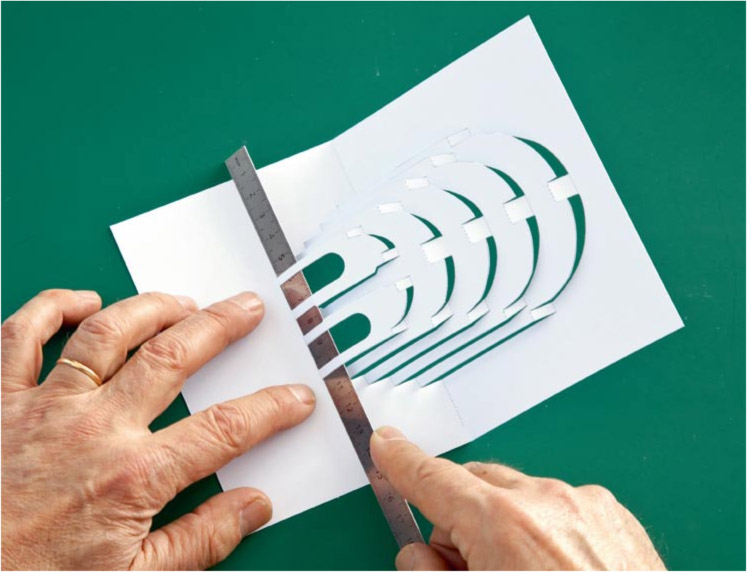
 When the card stands up, with the two sides forming a 90-degree angle, continue to fold each fold a little bit at a time until the card is folded up on itself completely.
When the card stands up, with the two sides forming a 90-degree angle, continue to fold each fold a little bit at a time until the card is folded up on itself completely. 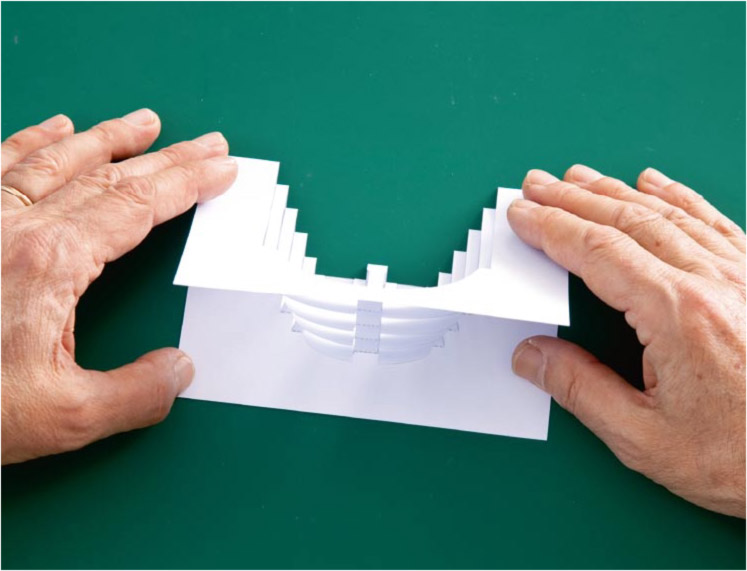
 Turn the card 180 degrees, with the opening facing toward you, then open the card. After you close it up again the card can be slid into an ordinary envelope.
Turn the card 180 degrees, with the opening facing toward you, then open the card. After you close it up again the card can be slid into an ordinary envelope. 
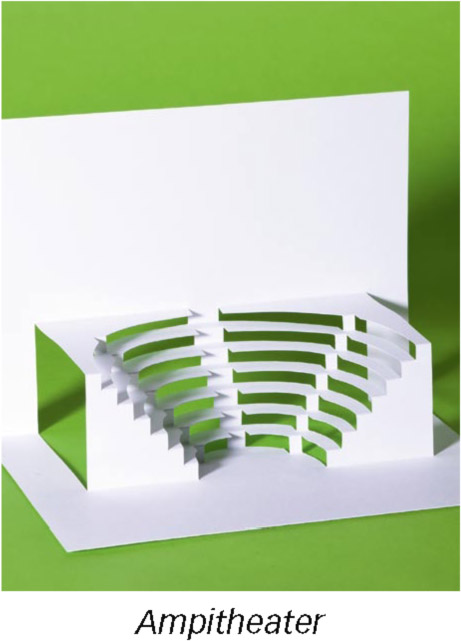
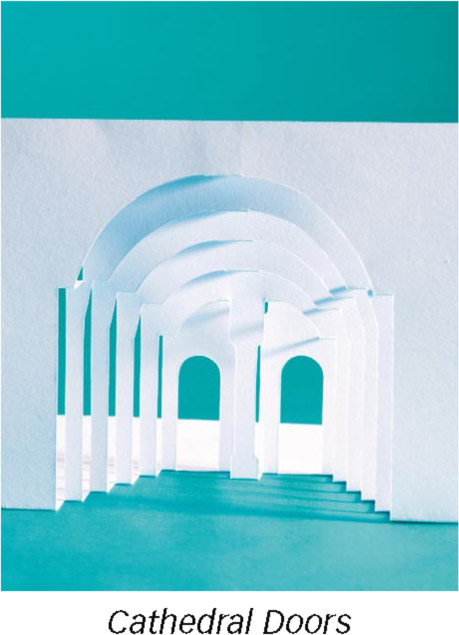
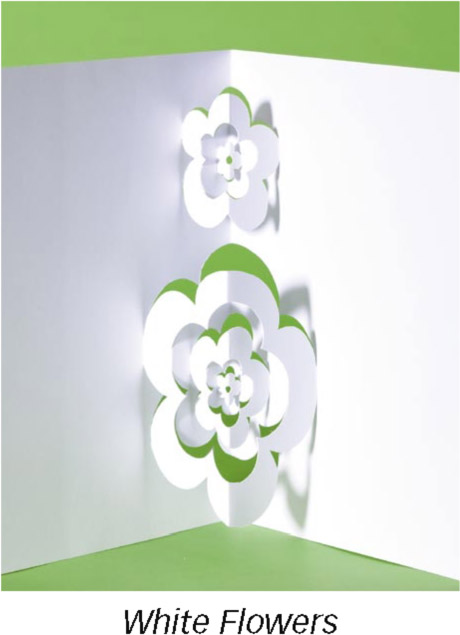

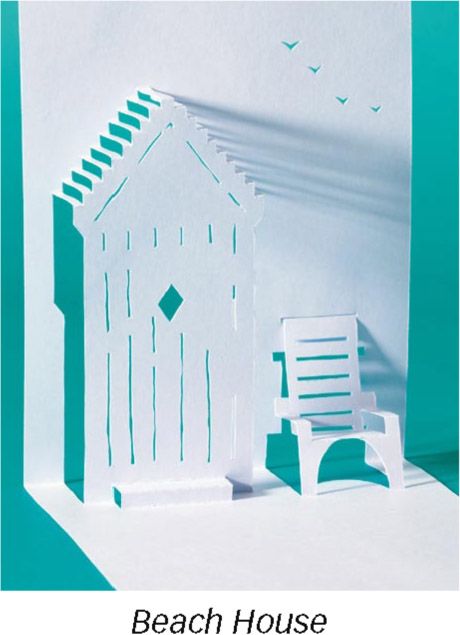
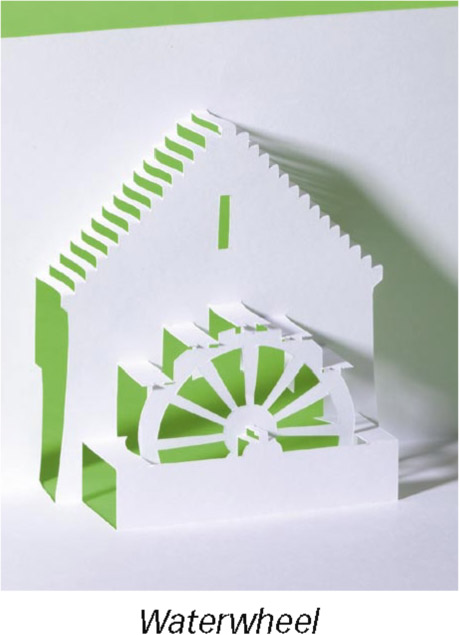
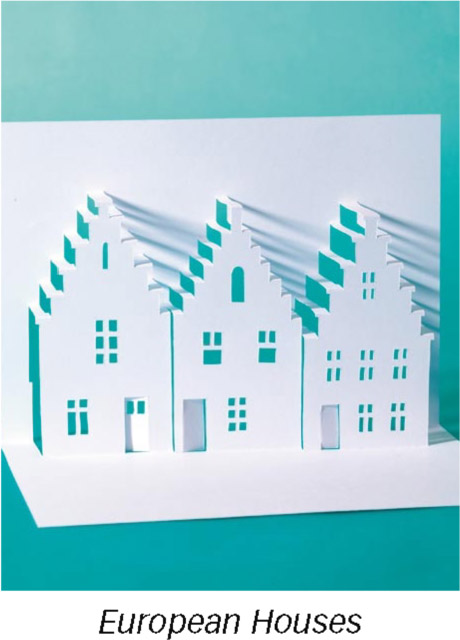
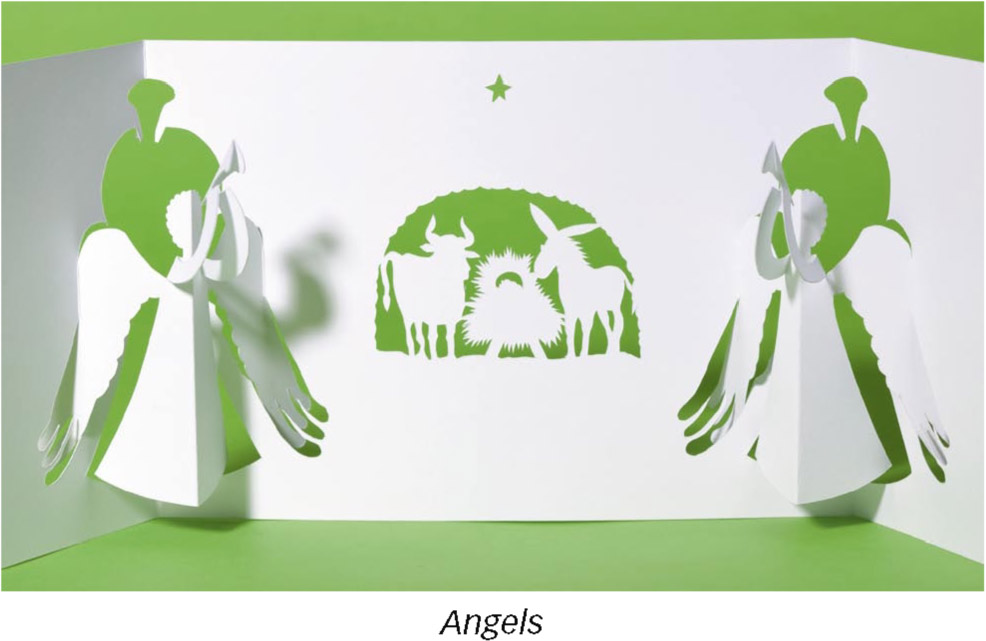

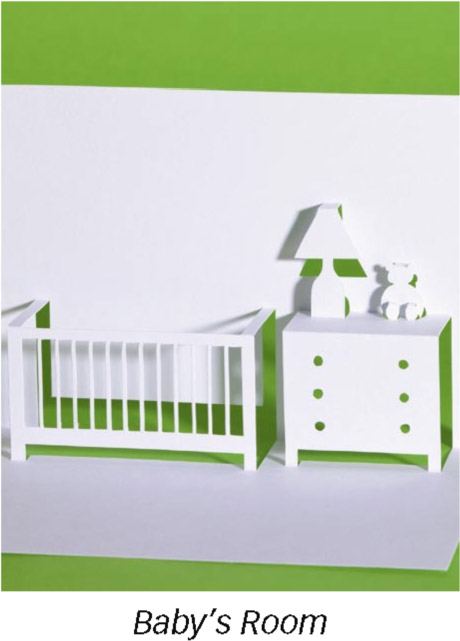
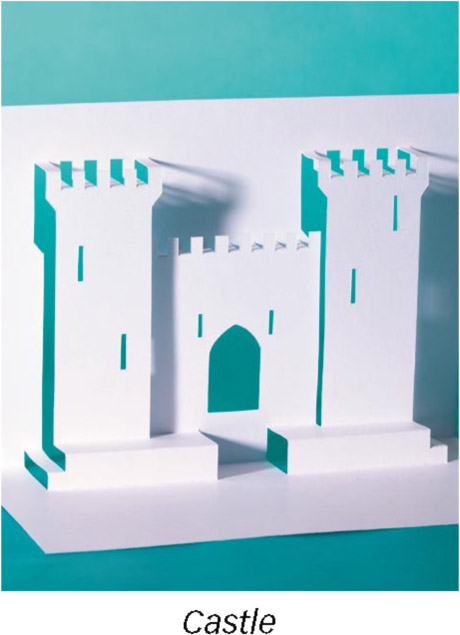
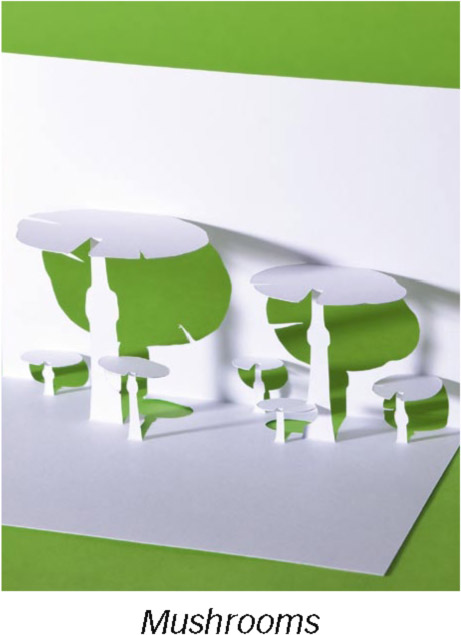
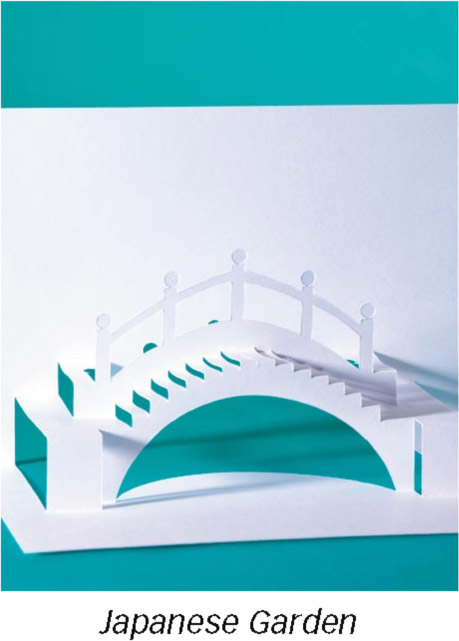
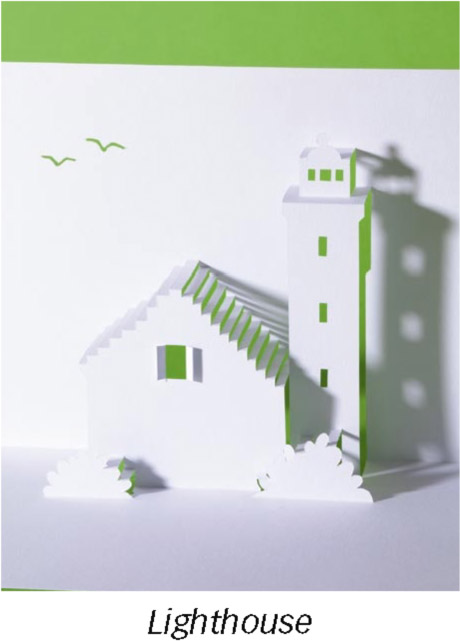
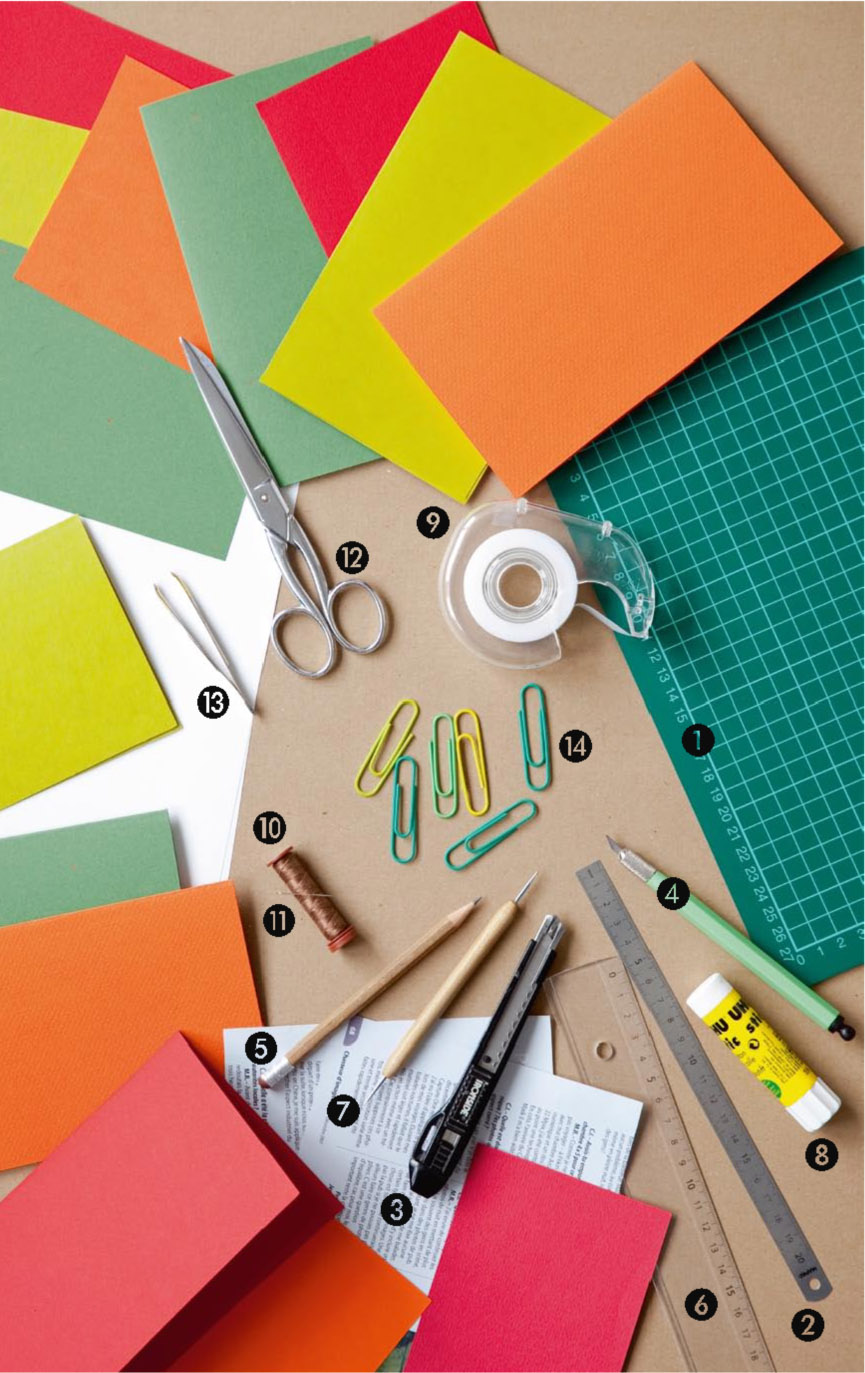
 Small metal ruler
Small metal ruler